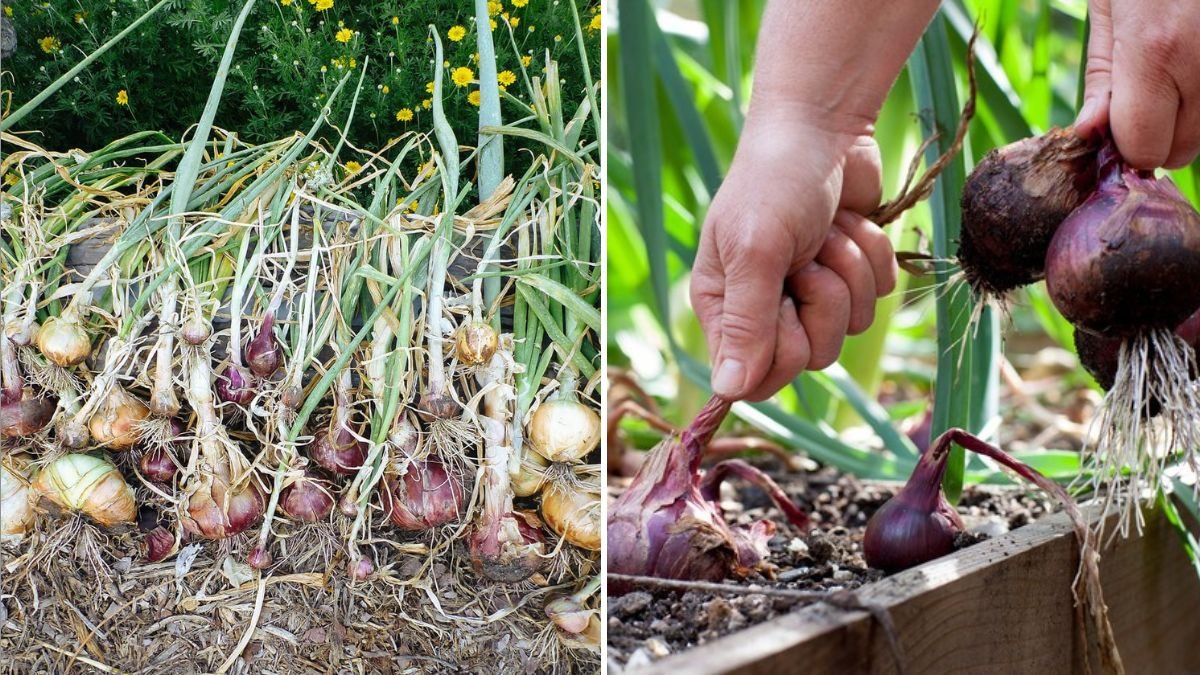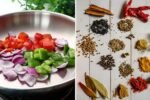If you’ve ever dreamed of a garden that almost takes care of itself, you’re in luck. Some vegetables are so resilient and low-maintenance that once you plant them and provide a little water and sunlight, they grow with minimal effort. Perfect for beginners, busy gardeners, or anyone wanting a low-fuss food garden, these 10 vegetables are as close as it gets to “plant and forget.”
1. Radishes
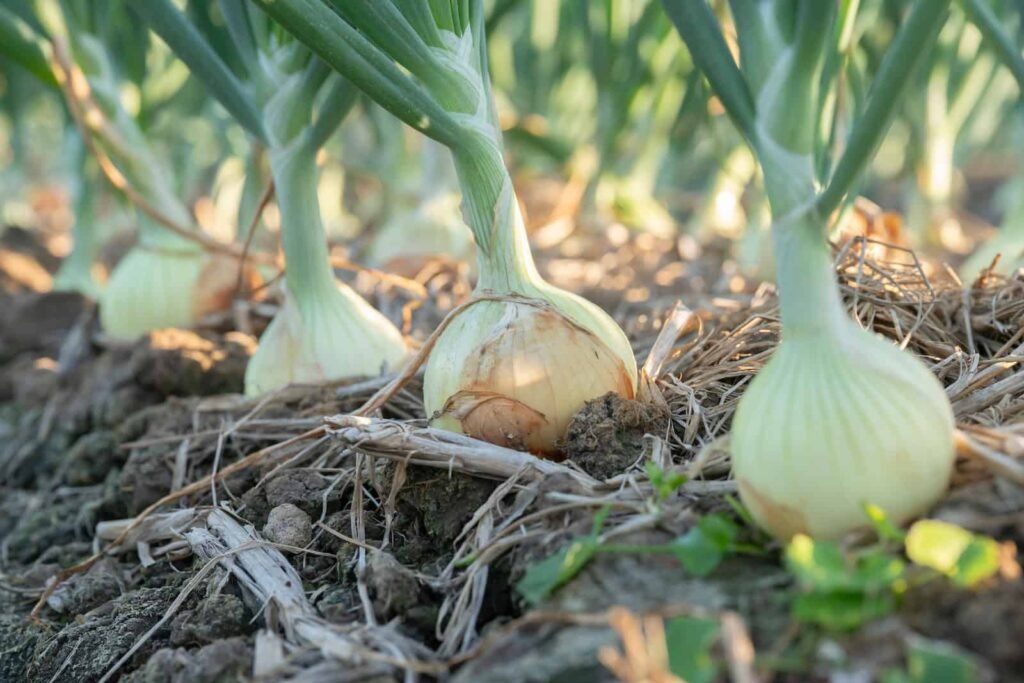
Radishes are the ultimate beginner-friendly vegetable. They grow extremely fast — often ready to harvest in just 3 to 4 weeks.
- Why they’re easy: They germinate quickly, thrive in cool weather, and don’t require rich soil.
- Planting tips: Sow seeds directly into loose soil, spacing them 1–2 inches apart.
- Care: Keep the soil evenly moist, and they’ll do the rest.
- Harvest: Pull them when they’re about the size of a marble to a golf ball. Smaller roots tend to be sweeter.
2. Lettuce (Loose-Leaf Types)
Loose-leaf lettuce varieties are incredibly easy to grow and ideal for regular harvesting. You can literally snip leaves as needed and the plant keeps producing.
- Why they’re easy: Fast-growing, shade-tolerant, and can grow in containers or beds.
- Planting tips: Sow seeds shallowly and thin out once sprouts emerge.
- Care: Water consistently and cut only the outer leaves.
- Harvest: Snip young leaves as you need them, and the plant keeps growing.
3. Green Beans (Bush or Pole)
Green beans offer excellent yields with very little maintenance. Bush beans are especially easy and don’t need support.
- Why they’re easy: They thrive in average soil and don’t need heavy feeding.
- Planting tips: Sow seeds after the last frost, spacing them 2–4 inches apart.
- Care: Water regularly during flowering for maximum pod production.
- Harvest: Pick when beans are still tender. Frequent harvesting encourages more growth.
4. Spinach
Spinach grows rapidly and thrives in cooler temperatures, making it a great spring or fall crop.
- Why they’re easy: Tolerates partial shade and grows well even in average soils.
- Planting tips: Sow seeds directly into the garden and thin seedlings.
- Care: Keep the soil moist and mulch to keep roots cool.
- Harvest: Pick the outer leaves regularly to encourage continued growth.
5. Beets
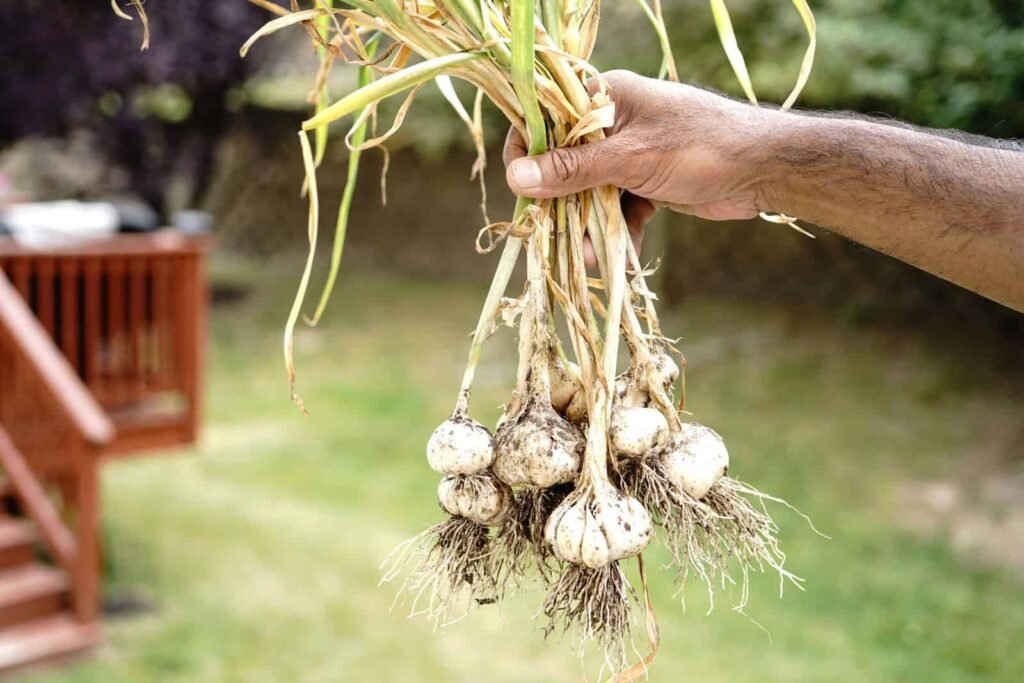
Beets offer double the reward — you can enjoy both their roots and leafy tops. They’re easy to grow and surprisingly hardy.
- Why they’re easy: Tolerant of less-than-perfect soil, and they grow in partial sun.
- Planting tips: Sow seed clusters and thin to 3–4 inches apart once they sprout.
- Care: Water regularly and weed around the roots.
- Harvest: Young roots are tender and sweet. Pick beet greens any time.
6. Carrots
Carrots thrive in well-drained, loose soil and don’t require much fuss once they’re established.
- Why they’re easy: They don’t need much attention — just space to grow down.
- Planting tips: Sow seeds shallowly and thin seedlings once they sprout.
- Care: Keep soil moist during germination; mulch helps retain water.
- Harvest: Pull them up when they reach desired size — baby carrots are especially sweet.
7. Cucumbers
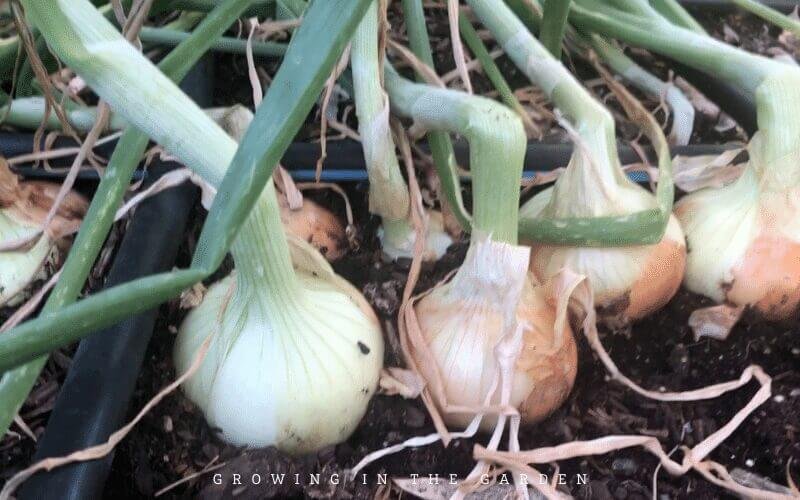
Cucumbers are vigorous growers and, when given some support like a trellis, will climb and produce heavily.
- Why they’re easy: Once they get started, they grow rapidly with little intervention.
- Planting tips: Direct sow after frost danger has passed. Use a trellis to save space.
- Care: Water deeply at the base and fertilize occasionally during fruiting.
- Harvest: Pick when they’re young and tender to encourage more production.
8. Zucchini (Summer Squash)
Zucchini has a reputation for over-delivering — even one plant can keep you (and your neighbors!) fed.
- Why they’re easy: Fast-growing and tolerant of a range of soil types.
- Planting tips: Sow seeds directly in mounds, spacing plants 3–6 feet apart.
- Care: Water deeply, and be sure to harvest often.
- Harvest: Young zucchinis are more flavorful and picking frequently promotes more fruit.
9. Swiss Chard
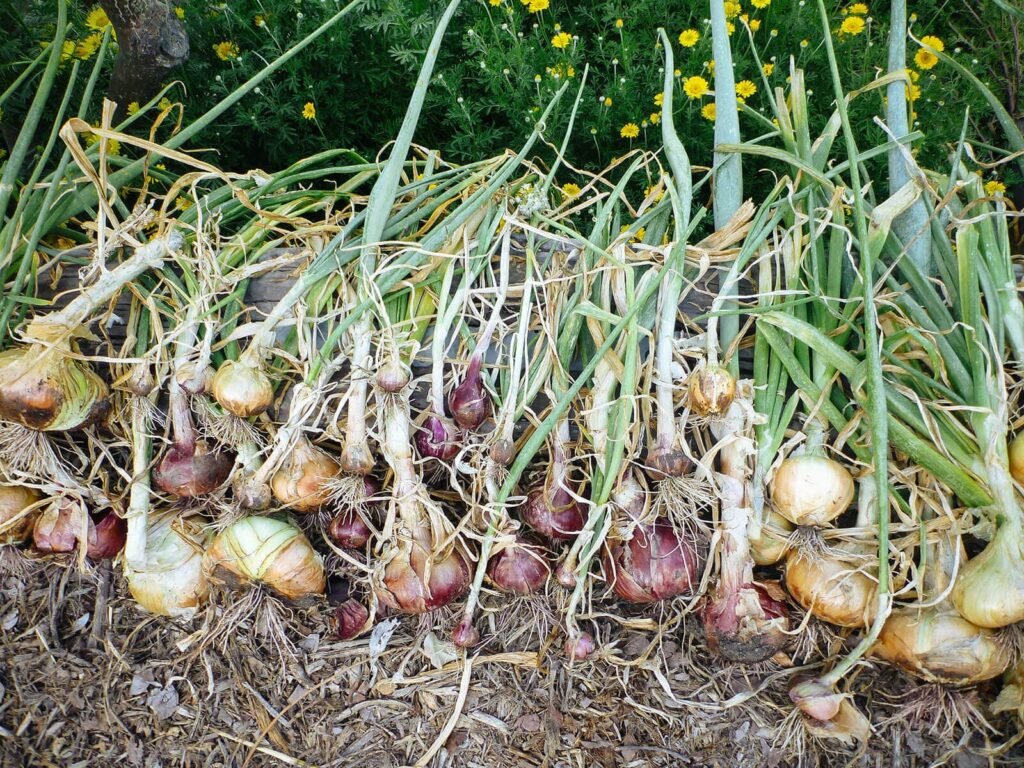
Swiss chard is one of the most forgiving greens. It’s productive, attractive, and keeps growing even after repeated harvests.
- Why they’re easy: Drought-tolerant, pest-resistant, and regrows after cutting.
- Planting tips: Sow directly or transplant young seedlings into well-drained soil.
- Care: Water moderately and cut outer leaves regularly.
- Harvest: Keep harvesting for months — plants are long-lasting.
10. Kale
Kale is a cold-hardy crop that keeps going through frosts and can even self-seed for the next season.
- Why they’re easy: Cold-tolerant, pest-resistant, and self-sowing in some regions.
- Planting tips: Sow in early spring or late summer for best results.
- Care: Mulch well, water regularly, and harvest from the bottom up.
- Harvest: Pick leaves as needed — the more you harvest, the more it grows.
Why These Vegetables Are So Low-Maintenance
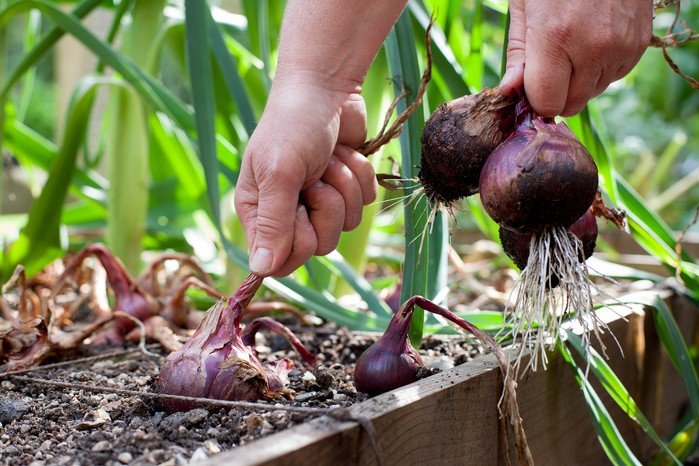
When we say these vegetables “practically grow themselves,” we mean:
- Resilient Growth: They tolerate imperfect conditions — less-than-ideal soil, sporadic watering, and variable sunlight.
- Fast Maturity: Many, like radishes and lettuce, grow quickly, reducing exposure to pests or weather extremes.
- Minimal Equipment: No special trellises, staking, or pruning required (with a few exceptions like pole beans or cucumbers).
- Repeat Harvests: Several can be harvested multiple times from one planting.
- Self-Seeding: Kale, chard, and some lettuces can drop seeds and regrow the next season on their own.
Tips to Make Your Low-Effort Garden Even Easier
Want to grow these vegetables with even less work? Here are some smart strategies:
- Use Mulch Generously
Mulch suppresses weeds, retains moisture, and stabilizes soil temperature. Straw, leaves, or grass clippings all work well. - Choose Raised Beds or Containers
These allow better control of soil quality and drainage — especially useful for carrots or beets. - Water Smartly
Early morning or late evening watering minimizes evaporation. Drip irrigation or soaker hoses save time and water. - Succession Planting
As soon as one crop is harvested (e.g., radishes), sow another. This keeps your garden productive all season. - Let Nature Help
Leave a few plants to bolt and reseed — especially kale, lettuce, and chard. Next season, you might get free veggies. - Mix Companion Plants
Beans, for example, fix nitrogen into the soil, benefiting other nearby vegetables. Companion planting promotes a balanced, healthier garden.
Final Thoughts
Every garden takes some care, but if you’re starting out or want to minimize the effort, these ten vegetables are a dream. They’re adaptable, fast-growing, and keep producing with little input. Whether you’re working with a backyard plot, raised beds, or even a few containers on a balcony, these veggies will give you a productive harvest with minimal stress.
